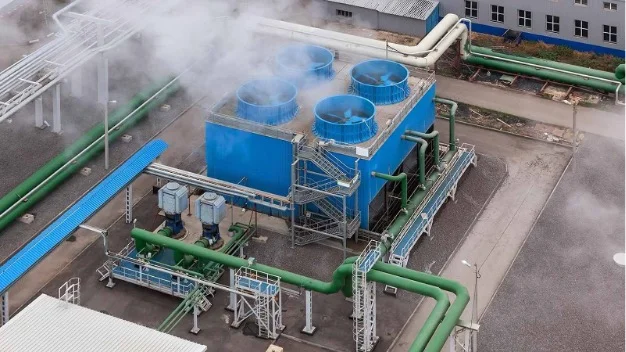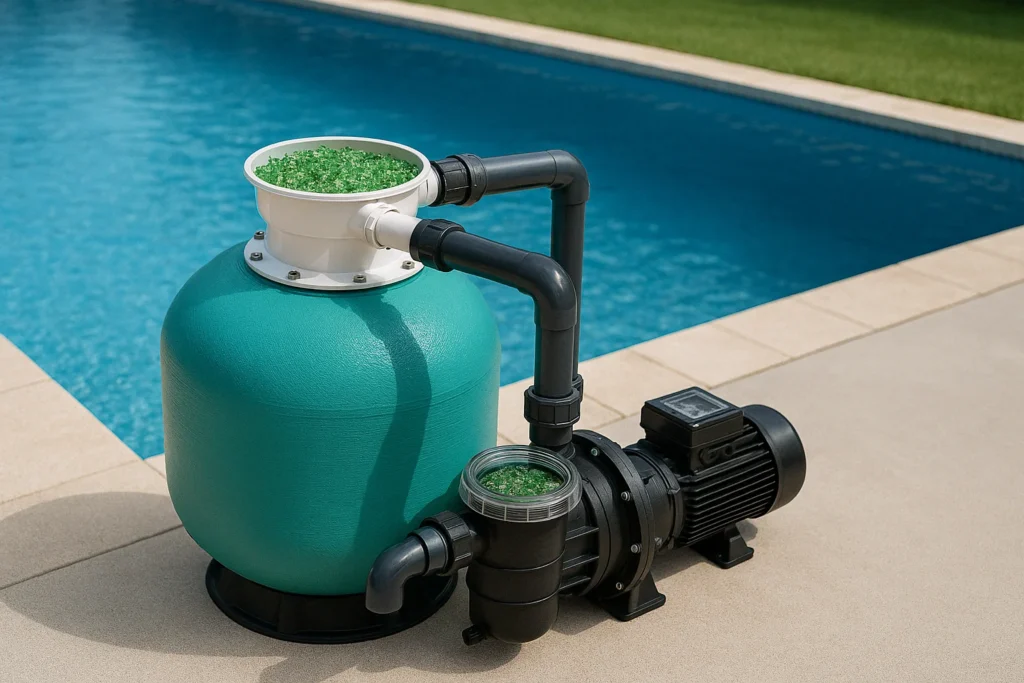
Ultrafiltration (UF) membranes are a vital part of the modern water and wastewater treatment process. These membranes serve as a physical barrier, filtering out suspended solids, bacteria, viruses, and other contaminants from water.
UF membranes are typically used after preliminary treatments, like coagulation and flocculation, and before more advanced treatments, such as reverse osmosis. Their ability to consistently produce high-quality water makes them indispensable for applications in municipal wastewater treatment, industrial effluent treatment, and even in the production of potable water.
This blog delves into the technical aspects of what a UF membrane does, what goes into making a UF membrane perform consistently, what differentiates one make from another, and how the surface area of a membrane can significantly impact space savings and costs.
The Importance of Membrane Material
The performance and longevity of a UF membrane largely depend on the materials used in its construction. Polyvinylidene fluoride (PVDF) membranes are widely regarded as the gold standard due to their durability, resistance to chemicals, and exceptional performance in harsh conditions. PVDF’s out to in configuration is now the preferred configuration for most Ultrafiltration requirements due to better chemical compatibility as well as cleanability.
PVDF membranes are known for their ability to withstand fouling (a common issue in wastewater treatment), ensuring consistent and reliable filtration over a longer lifespan compared to other materials like PES (polyethersulfone). This makes PVDF membranes a cost-effective solution in the long term, as fewer replacements and less maintenance are required.
Surface Area and Its Impact on Performance
One of the most critical factors affecting the efficiency and economics of UF membranes is the surface area of each membrane module. The larger the surface area, the greater the volume of water that can be filtered by a single membrane.
This directly influences the number of membranes required to treat a specific volume of water. A membrane with a larger surface area allows for more water to be treated with fewer modules, reducing the number of membrane units that need to be installed.
Higher Surface Area – Significant Cost & Space savings!
This reduction in the number of membranes also significantly decreases the overall footprint of the treatment plant. For most wastewater treatment projects, space is at a premium, as the treatment plant is often the last component installed and needs to fit within already constrained areas.
A compact design that can treat large volumes of water without requiring excessive space is highly desirable. Moreover, fewer membranes mean lower capital expenditures (CAPEX) and operational expenditures (OPEX), as less equipment and fewer maintenance resources are needed.
Introducing Veolia’s Zeeweed 1500-XT UF Membrane
Veolia’s new Zeeweed 1500-XT ultrafiltration membrane is set to revolutionize the wastewater treatment industry. With an impressive surface area of 120 m², it stands as the largest UF module currently available on the market.
This exceptional membrane offers all the advantages of Veolia’s renowned Zeeweed series, such as robustness, reliable performance, and superior filtration quality, but now with the added benefits of cost-efficiency and space savings.
In conclusion, the choice of UF membrane can greatly impact both the operational efficiency and overall project costs. PVDF membranes provide excellent durability and performance, while larger membrane surface areas, like those of Veolia’s Zeeweed 1500-XT, enable significant cost and space savings.
With these innovations, the economics of ultrafiltration are becoming more favorable, allowing treatment plants to achieve higher efficiency at lower costs. Veolia’s Zeeweed 1500-XT membrane is poised to change the landscape of water treatment, making world-class filtration technology accessible to more projects, with unparalleled space and cost savings.
Get in touch with us at info@purewaterent.net, as we help industries and communities strive for cleaner, efficient and economical water solutions.





